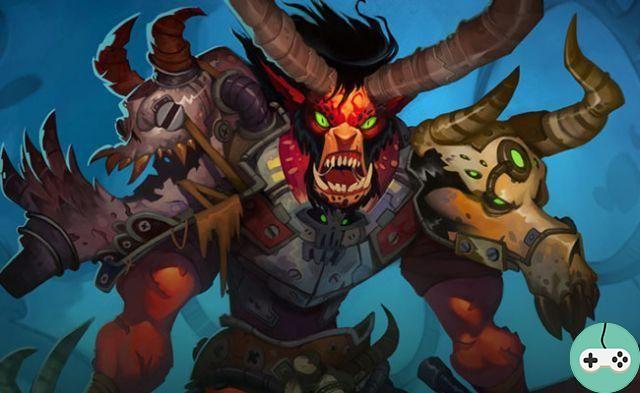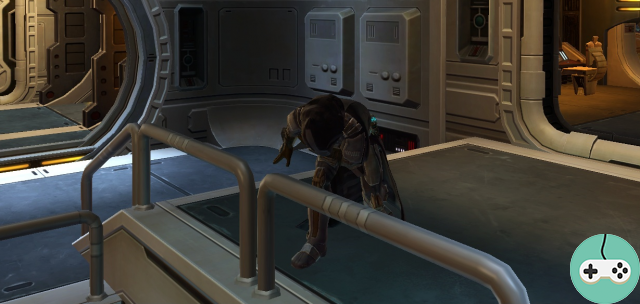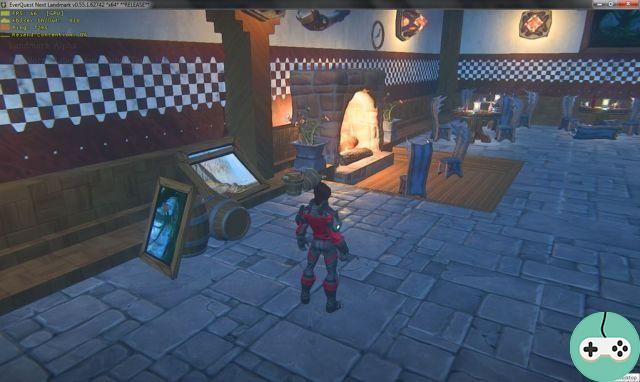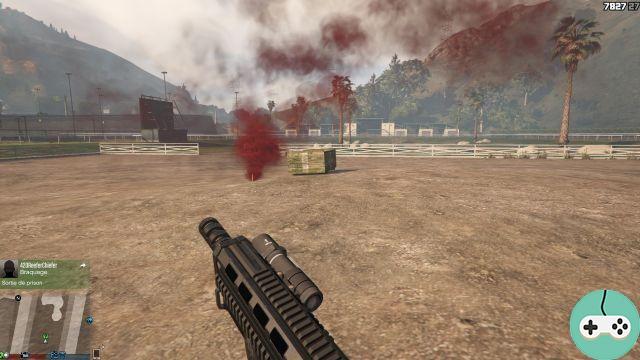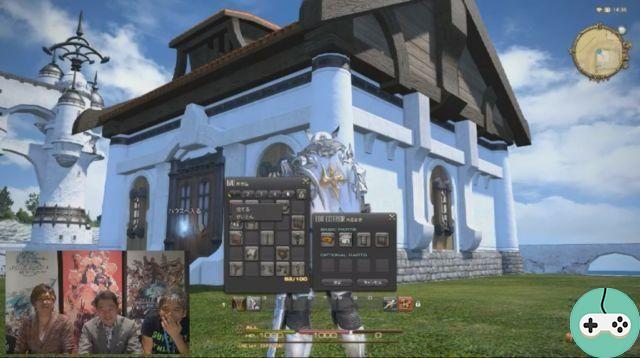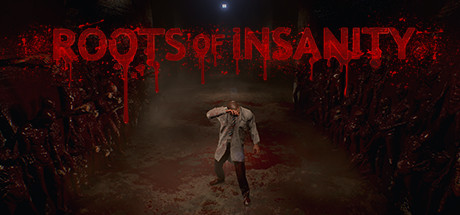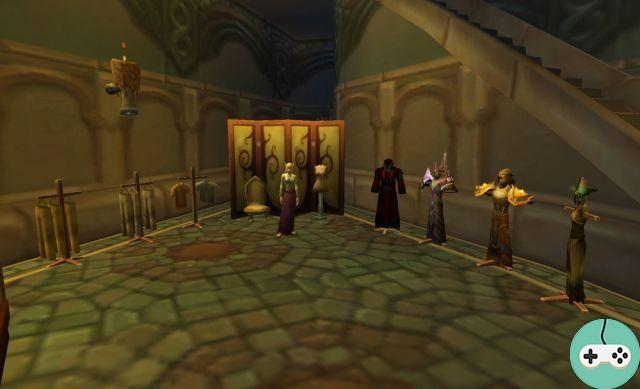
The leather worker is the maker who will use the leather and fabric to make all kinds of items. He thus manufactures the boots, pants, gloves, coats, shoulder pads and masks that protect engineers, prowlers and thieves. They are also able to make leather saddlebags that you use as bags.
The leatherworker, like all armor makers, can also produce runes and badges.
NB: badges produced by a manufacturer can be used by any other manufacturer of armor (heavy, medium or light).

How to learn the trade
Like all trades, you just have to go to the instructor who is always located next to the leather workshop.
Where to start ?
In the beginning, the main ingredients of the leather worker are the coarse stretched leather and the jute roll, the manufacture of which is as follows:

You have recipes to craft all of the armor (except masks and shoulder pads), as well as the first container: the 8-slot leather satchel.

If it may be interesting to make the satchel, I strongly advise you not to make the armor offered because, and it is true for all trades, discovering unknown recipes brings much more experience than making known recipes. However, in this profession, discovering the recipes is very simple.
The basic principle for quickly setting up your trade
The principle is as follows, and it will be the same for all armor-making trades. Start by crafting your basics (coarse leather and jute at first) then craft badges for which you have the recipe. So at the beginning we have:

Note: While we only need a single vial of weak blood to craft the armor, the experience gain for the discovery of the armor is particularly interesting. Then you just have to decide which armor to produce and craft it with one of the previous badges. Here is the example of how gloves are made (the principle is the same for all armor):

And finally make the glove with the badge of your choice (here it will be the powerful researcher gloves, they have the same name as the simple recipe)

There are thus 3 pairs of gloves to discover, if you add all the armor elements available, you get 12 recipes to discover, you can easily go up to level 25.
After that ?
From level 10
Discover the rune of life.

Note about the runes to discover, there are at least 4 more but which are difficult to obtain because they require a rare ingredient. These are the minor rune of the engineer and the minor rune of the thief (to be discovered from level 0) as well as the minor rune of the ranger and the minor rune of the adventurer (from level 25). I know they exist but I was never able to craft them, they are all based on a square of coarse stretched leather plus a rare item so do some testing in your discovery panel.
Arrived at level 25:
Check out the two new containers or craft the new badges. I draw your attention to the raw material cost of the containers. The difference between the invisible satchel and the basic satchel is that the items stored in it do not appear during a sale and they are not subject to inventory sorting. Unnecessary items will be stored in priority in the oiled bag.

With these 3 badges, discover the 3 new recipes for boots, pants, gloves and coats. You can add the 6 mask recipes now available (3 recipes with the first badges and those with the 3 new ones). We obtain a total of 18 recipes to discover.
Arrived at level 50:
There are 6 new badges whose recipe is based on the following principle: basic badge recipe with the specific ingredient of the recipe to the number of eight and we add a spool of jute thread (that the 'we buy from the master leatherworker). Here is an example :

Here you are now with 6 new recipes for boots, pants, gloves, coats and masks plus 12 recipes for shoulder pads (with the 12 badges available) that appear at level 50. For a total of 42 recipes to discover.
Arrived at level 75:
We take the same principle as at the very beginning but with the recipes of Tiers 2, that is to say the coarse leather becomes fine leather and the fabric becomes wool. The elements for the badges are the same except that they are small and not tiny. Note, however, that for the saddlebags, you will have to buy the minor storage rune from the master leatherworker.
All armor items (boots, pants, gloves, coats, masks and shoulder pads) are available from level 75. Progressing through the next Tiers will require purchasing the Insignia Recipe from the Master Leatherworker.
To conclude
The profession of leatherworker is simple but long because many resources are required for the creation of armor. If I advise to do the hidden armor rather than the simple armor, it is for the gain of experience. Now the number of ingredients required for leveling may seem astronomical and it could be more interesting to restrict yourself to a certain type of badge if we manage to obtain these ingredients more easily (which are moreover the same as for the inscriptions of arms manufacturers). I also remind you that the badges can be used by all armor professions (light, intermediate and heavy). It may be interesting to have the badges made by the professional who can still gain experience with them.
There are other leather armor recipes that are purchasable from quest givers once you've done what they ask for (NPCs represented by hearts on the map). I did not talk about them here because they are less classic and depend on the places you have visited.
Micuthana




